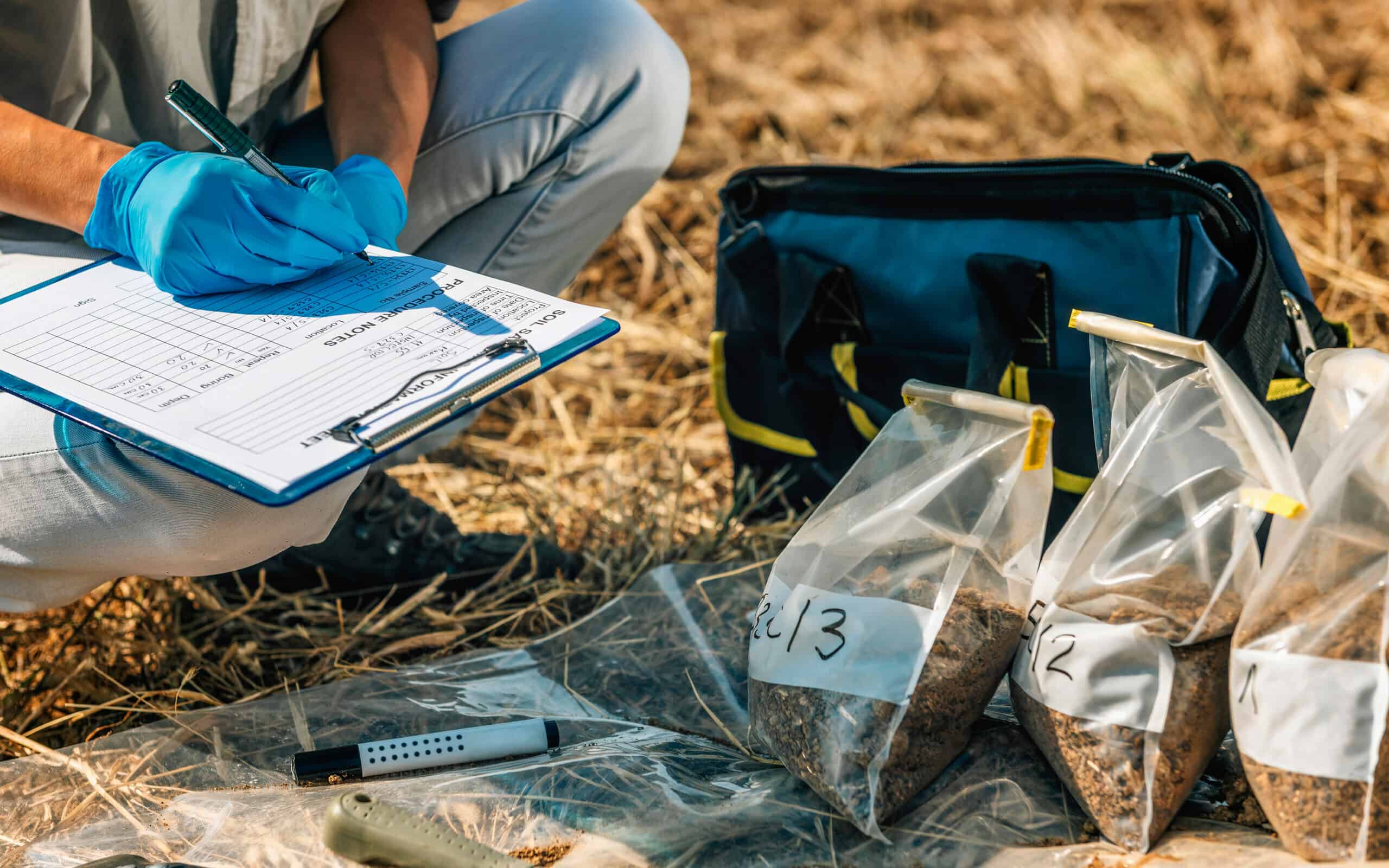
When doing Design of Experiments (DOE), replicates become an important consideration for improving the accuracy of your experiment. Let’s learn a little more about replicates.
In Design of Experiments (DOE), a replicate is a single repetition or run of an experiment, with all conditions and factors kept constant except for the treatment being studied. The purpose of replicates is to increase the precision and accuracy of the results by accounting for variability within the experiment.
Overview: What are replicates?
The purpose of Design of Experiments (DOE) is to efficiently determine which set of factors and levels will optimize a response variable. A DOE will conduct a series of runs consisting of the relevant factors and levels. The number of runs is determined by the formula levels^factor.
The resulting prediction equation will seek to optimize the combination of factors and levels. Because of experimental variation, there will be some error in the prediction. By replicating the combinations using additional runs, you will add degrees of freedom which help make the prediction more precise and accurate. The combinations are subsequently replicated in additional runs during the DOE.
Replicates are different from repeats. While repeats are also multiple runs of the same combinations, they are generally done sequentially and do not account for the variability or error as do replicates. Multiple repeats are generally averaged and may also include the standard deviation. Repeats do not add additional degrees of freedom.
The number of replicates needed in an experiment will depend on the level of precision required, the expected variability of the response, and the resources available. In general, increasing the number of replicates will increase the accuracy of the results, but also increase the cost and time required to conduct the experiment.
An industry example of replicates
For example, if you are studying the effect of a new fertilizer on crop yield, you would conduct multiple replicates of the experiment, each with the same conditions (e.g., soil type, planting density, weather conditions) except for the type of fertilizer applied. The average of the replicates provides a more accurate estimate of the effect of the fertilizer on yield than a single run or replicate.
Frequently Asked Questions (FAQ) about replicates
What is a replicate in DOE?
A replicate in DOE is a single repetition or run of an experiment, with all conditions and factors kept constant except for the treatment being studied.
Why are replicates important in DOE?
Replicates are important in DOE because they increase the precision and accuracy of the results by accounting for variability within the experiment.
How many replicates are needed in an experiment?
The number of replicates needed in an experiment will depend on the level of precision required, the expected variability of the response, and the resources available. In general, increasing the number of replicates will increase the accuracy of the results, but also increase the cost and time required to conduct the experiment.
What are the advantages and disadvantages of using replicates in DOE?
The advantages of using replicates in DOE include increased precision and accuracy of the results, the ability to detect variability within the experiment, and the ability to make more robust conclusions about the treatment effect. The disadvantages include increased cost and time required to conduct the experiment, and the need for larger sample sizes.
What is the difference between a replicate and a repeat in DOE?
Repeat and replicate measurements are both additional measurements taken in the same combination of factor settings. The difference is that repeats are taken during the same experimental run or consecutive runs, while replicates are taken during identical but different experimental runs. These are generally done when the runs have been randomized.